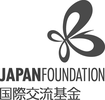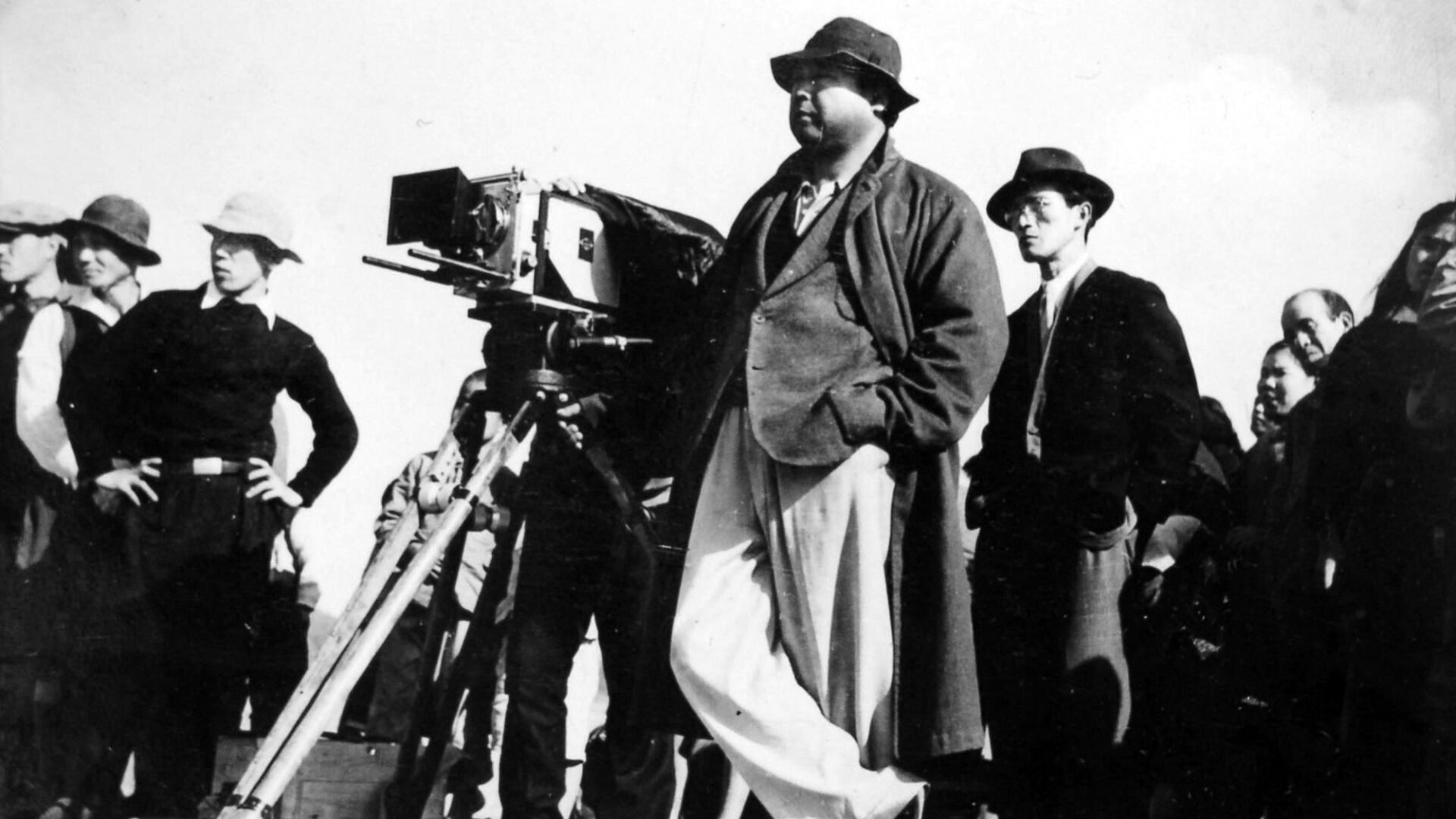June 14–23, 2024
Four Postwar Films by Shimizu Hiroshi
“People like me and Ozu get films made by hard work, but Shimizu is a genius.”
Mizoguchi Kenji
Japanese filmmaker Shimizu Hiroshi (1903–1966) continues to languish in the shadow of his much more famous contemporaries. A prolific studio director of the 1930s, he made some 163 films during his 35-year career, spanning silent to sound eras, studio to independent productions. He was held in high regard by friend and fellow Shochiku mainstay Ozu Yasujiro—Mizoguchi Kenji was also a noted admirer—and earned a reputation as a master of naturalistic gendai-geki (contemporary dramas) centred on travellers and children, his dual métier. (The welfare of children wasn’t merely a thematic concern: after WWII, Shimizu adopted war orphans and funded the creation of an orphanage.)
Here in North America, what little we know firsthand of his oeuvre stems largely from a 2009 Criterion Eclipse box set collecting just four of his prewar pictures. Despite the revelatory response elicited by that DVD edition (“buried treasure from Japanese vaults,” enthused The New York Times’s Dave Kehr), no further films have been released on home video or streaming, nor acquired for theatrical distribution. But perhaps change is in the air. In the last three years alone, the Cinémathèque française, Melbourne Cinémathèque, and New York’s Museum of Modern Art have all programmed Shimizu’s work in an apparent bid to course correct his protracted obscurity.
Our own modest attempt to shed light on the director falls between two significant American stops (New York and Berkeley) in a touring exhibition devoted to his body of work. Organized by curators at the indispensable Japan Society and Museum of the Moving Image in New York, the retrospective is easily the largest of its kind ever presented in North America. The Cinematheque has plucked four gems from the tour, each produced during Shimizu’s brilliant (and even more neglected) postwar career after he left Shochiku and formed his own independent studio, Hachinosu Eiga. The apex of that output, and the centrepiece to our series, is Children of the Beehive (1948). It screens here from an archival 35mm print, while Mr. Shosuke Ohara (1949), a favourite of Somai Shinji, receives a rare 16mm presentation. The two remaining films, Sound in the Mist (1956) and Image of a Mother (1959), mark Canadian premieres of new DCPs created expressly for this historic retrospective.
“An oeuvre remarkable for its variety and complexity … A major filmmaker.”
Alexander Jacoby, Senses of Cinema
“Shimizu had concerns in common with Naruse Mikio and Ozu Yasujiro, but he established his own world, a rich tone, and a simple but subtle visual idiom. Along the way, he created some of the most heart-rending films in world cinema.”
David Bordwell
“An artist of individual distinction. There’s a Shimizu style as surely as there is an Ozu style or a Naruse style.”
Alan Stanbrook, Sight and Sound
Acknowledgments
The Cinematheque is grateful to Alexander Fee, film programmer at Japan Society, for his invaluable assistance in making this program possible.
Supported by The Japan Foundation, New York, and The Japan Foundation, Toronto

List of Programmed Films
| Date | Film Title | Director(s) | Year | Country |
|---|---|---|---|---|
| 2024-Jun | Children of the Beehive | Shimizu Hiroshi | 1948 | Japan |
| 2024-Jun | Mr. Shosuke Ohara | Shimizu Hiroshi | 1949 | Japan |
| 2024-Jun | Image of a Mother | Shimizu Hiroshi | 1959 | Japan |
| 2024-Jun | Sound in the Mist | Shimizu Hiroshi | 1956 | Japan |
